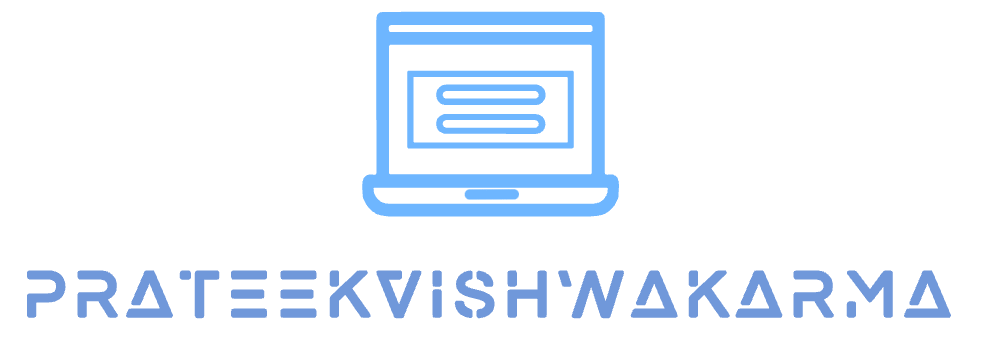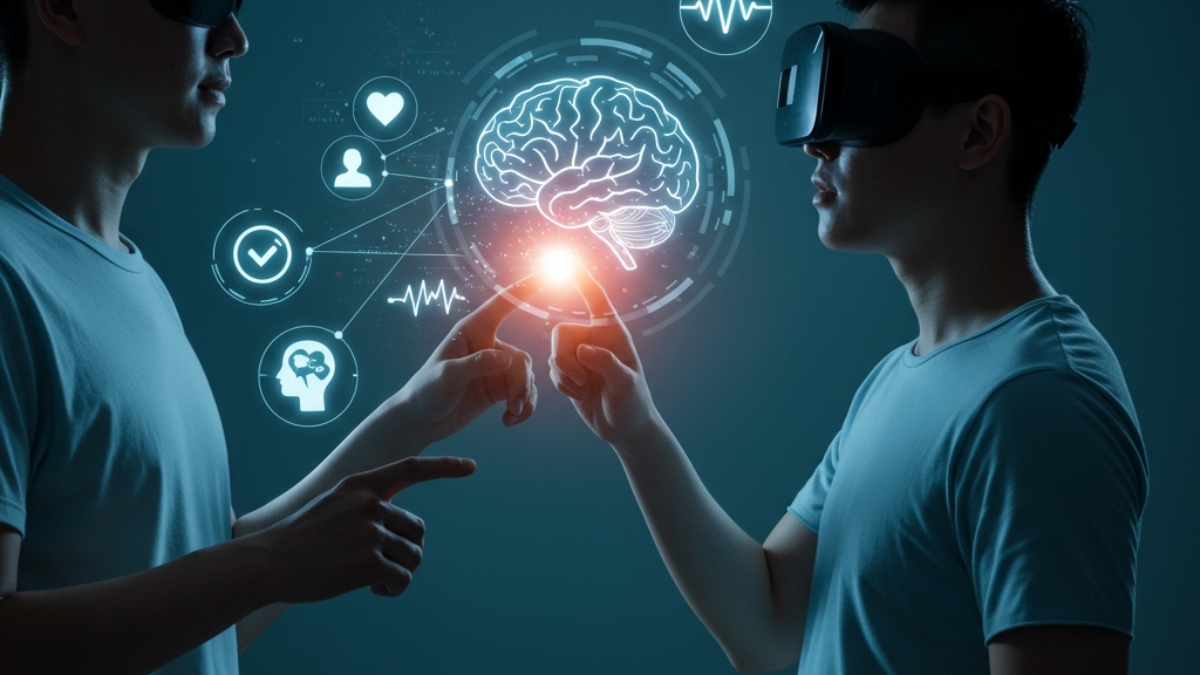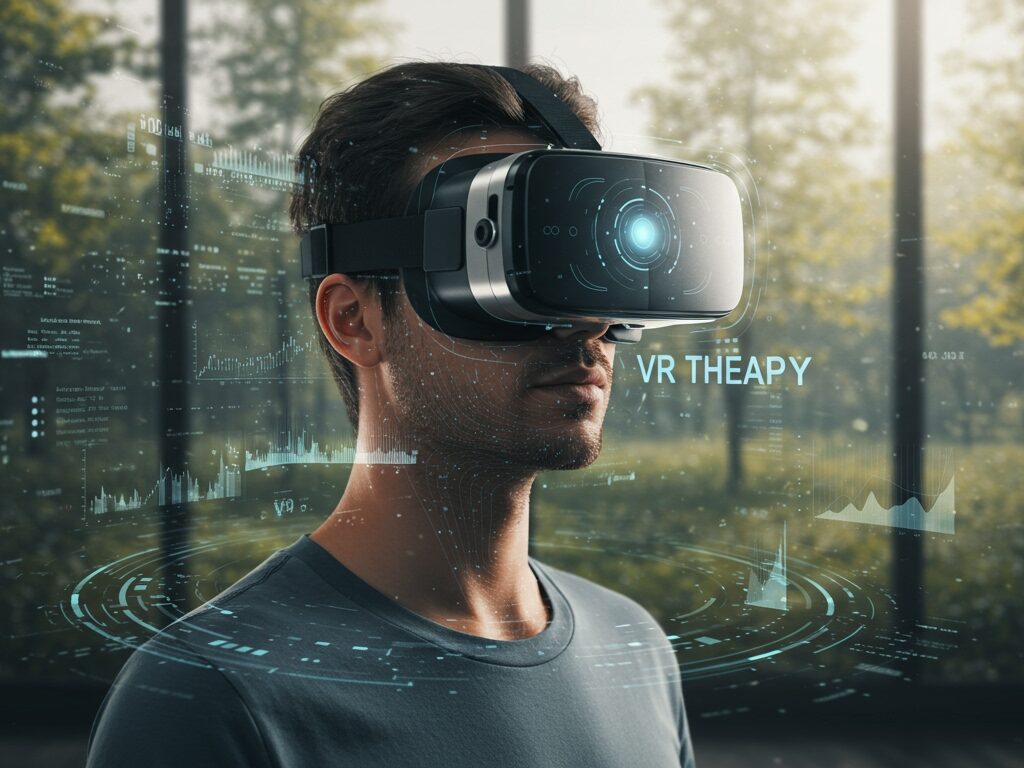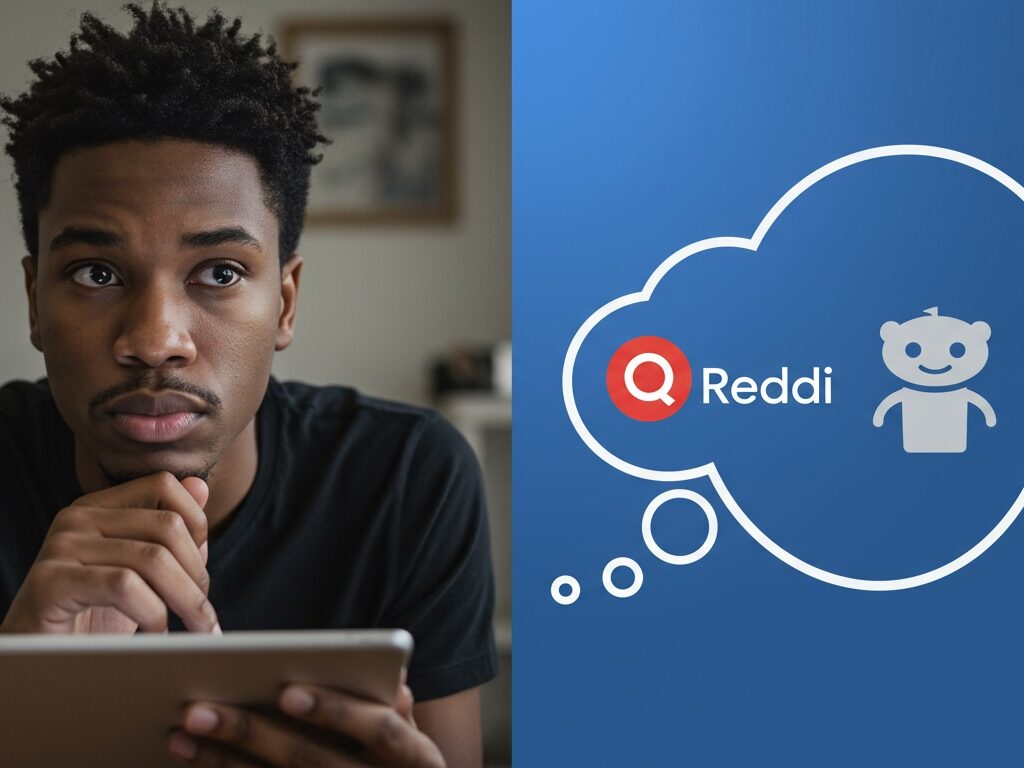World Mental Health Day 2025: Crisis Support & Workplace Wellness Guide
Table of Contents
October 10, 2025, marks another pivotal World Mental Health Day 2025, a global initiative dedicated to raising awareness and mobilizing efforts in support of mental well-being. This year, the observance takes on a dual significance, addressing both critical global emergencies and the everyday realities of our professional lives. While the World Federation for Mental Health (WFMH) has declared its official theme as “Access to Services – Mental Health in Catastrophes and Emergencies,” the widespread and equally crucial conversation around “Prioritizing Mental Health in the Workplace” remains a dominant focus. This article serves as your comprehensive guide to understanding both vital aspects and how you can contribute to a more mentally healthy world.
Key Takeaways:
- Dual Focus: World Mental Health Day 2025 highlights the WFMH theme “Access to Services – Mental Health in Catastrophes and Emergencies,” alongside a critical emphasis on “Prioritizing Mental Health in the Workplace.”
- Crisis Impact: Disasters significantly disrupt mental health, with nearly one-third of affected individuals experiencing negative consequences like PTSD, depression, and anxiety.
- Actionable Crisis Support: Strategies include community preparedness, mobile crisis teams (e.g., CAHOOTS), psychological first aid, and leveraging technology for remote access.
- Workplace Imperative: Poor workplace mental health leads to significant global economic losses and necessitates employer strategies like flexible schedules, mental health training, and supportive cultures.
- Technology’s Role: Digital tools, AI, and telehealth offer innovative ways to improve mental health access and support, especially in emergencies and for personalized workplace solutions.
- Historical Context: WMHD, established in 1992, has evolved through various themes, reflecting a growing global recognition of diverse mental health challenges.
- Immediate Help: Knowing how to act in a mental health crisis, including utilizing hotlines like 988, is crucial for saving lives.
Understanding World Mental Health Day 2025: Two Crucial Perspectives
World Mental Health Day 2025, observed annually on October 10, is a day dedicated to global mental health education, awareness, and advocacy. Initiated by the World Federation for Mental Health (WFMH) in 1992, it aims to reduce stigma and promote mental health care as a universal human right. Each year, a theme is chosen to highlight specific areas where action is needed globally.
World Mental Health Day 2025 Theme Explained
Many readers ask: “What is the official theme of World Mental Health Day 2025?”
The World Federation for Mental Health (WFMH) has announced the theme as “Access to Services – Mental Health in Catastrophes and Emergencies.” This theme emphasizes the importance of making mental health support available during crises such as natural disasters, conflicts, and pandemics, when communities are most vulnerable.
The Official WFMH Theme: “Access to Services – Mental Health in Catastrophes and Emergencies”
For 2025, the WFMH has officially designated its theme as “Access to Services – Mental Health in Catastrophes and Emergencies”. This theme shines a critical spotlight on the profound and often overlooked mental health consequences of disasters — from natural catastrophes like floods and wildfires to humanitarian crises and public health emergencies. It underscores the urgent need to integrate mental health support into emergency preparedness and response, ensuring that vulnerable populations receive timely and appropriate care when they need it most.
A Complementary Focus: Prioritizing Mental Health in the Workplace
Alongside the official WFMH theme, a parallel and equally vital conversation centers on “Prioritizing Mental Health in the Workplace.” This theme resonates strongly across countries like the USA, UK, Canada, and Australia, where work-related stress, burnout, and anxiety are on the rise. Many organizations and advocacy groups have championed this as a key focus for World Mental Health Day 2025, recognizing the significant impact work environments have on emotional well-being and productivity.
Why Both Themes Matter: Intersections and Synergies
At first glance, these two themes — crisis response and workplace well-being — might seem distinct. However, they are deeply interconnected. Employees, first responders, and aid workers are often on the front lines of catastrophes, experiencing immense psychological strain. A workplace that prioritizes mental health can better support its staff during and after emergencies, fostering resilience and preventing long-term issues like PTSD. Furthermore, effective disaster response relies on a healthy, resilient workforce. Promoting mental health in workplaces builds a stronger society, better equipped to face unexpected challenges. It’s about creating a continuum of care and support that extends from everyday life to moments of acute crisis.
Workplace Mental Health: A Complementary Focus
While the official WFMH theme highlights crisis support, a widely discussed parallel theme is “Prioritizing Mental Health in the Workplace.”
This focus addresses rising workplace stress, burnout, and anxiety across Tier 1 countries like the US, UK, Canada, and Australia, where organizations are increasingly implementing policies to create healthier, more supportive work environments.

Mental Health in Catastrophes and Emergencies: A Global Priority
Emergencies — whether natural disasters, conflicts, or pandemics — have a devastating impact on mental health worldwide. In 2020 alone, approximately 100 million people were affected by disaster events, highlighting the sheer scale of this challenge.
The Stark Reality: Statistics and Impact
The psychological toll of crises is immense. Nearly all individuals affected by emergencies experience psychological distress, and a significant minority go on to develop severe mental health conditions. Estimates suggest that up to 22% of people who have experienced war or conflict in the previous decade may suffer from depression, anxiety, post-traumatic stress disorder (PTSD), bipolar disorder, or schizophrenia. After disasters, prevalence rates for PTSD can range from 2.6% to 52%, while depression and anxiety can persist for years. These conditions disrupt families, livelihoods, and essential services, exacerbating existing social issues and creating new ones.
Actionable Strategies for Crisis Response
Effective mental health support during and after emergencies requires a multi-faceted approach:
- Community-Level Interventions: Establishing accessible community mental health centers, deploying mobile crisis teams, and training local leaders in psychological first aid are crucial. Programs like CAHOOTS (Crisis Assistance Helping Out On The Streets) in Eugene, Oregon, dispatch mental health clinicians and medics to crisis calls, reducing police involvement and ensuring appropriate care. Similar initiatives are seen in Olympia, Washington, and Phoenix, Arizona. New York State has also expanded its Mobile Crisis Teams, accessible 24/7, providing assessment, intervention, and follow-up support.
- Individual Preparedness: Promoting mental health literacy helps individuals recognize signs of distress in themselves and others. Resources such as the “What to Do If” guide (discussed later) empower individuals to offer initial support and connect people to professional help.
- Expert Insights: Aid organizations emphasize integrating mental health into all phases of disaster response, from immediate relief to long-term recovery. First responders, who frequently witness trauma, need robust peer support systems and easy access to specialized mental health services to prevent burnout and PTSD.
Real-World Initiatives and Case Studies
Beyond the examples above, other successful models exist:
- Veterans Affairs (VA) Involvement: In the U.S., the VA has demonstrated significant involvement in community disaster behavioral health response, integrating into local structures and deploying mobile units and telehealth services.
- Minnesota’s Mobile Crisis Outreach (MCO): This program provides 24/7, 365-day access to mental health professionals who can treat crises in the home, reducing hospitalizations.
The Role of Technology in Crisis Mental Health Support
Technology offers innovative solutions to bridge gaps in mental health access during emergencies, particularly in remote or underserved areas. Telehealth allows individuals to connect with mental health professionals remotely, while mobile apps provide self-help tools, symptom tracking, and access to crisis lines. Virtual Reality (VR) is emerging as a powerful tool for treating conditions like PTSD, particularly for combat veterans, by providing controlled exposure therapy in a safe environment. Chatbots, powered by artificial intelligence, can offer 24/7 support, guiding users through techniques like cognitive behavioral therapy. Furthermore, advancements like Edge AI for predictive maintenance could potentially be applied to predict patterns of community distress or resource needs, allowing for proactive mental health interventions. Efficient delivery of these AI models, especially in browser-based applications, could be enhanced by technologies such as WebAssembly, significantly improving AI model inference performance in browsers, ensuring accessibility even with limited bandwidth.
Fostering Mental Wellbeing in the Workplace: A Year-Round Commitment
With a significant portion of our lives spent at work, the workplace environment profoundly impacts mental health. Recognizing this, many organizations are aligning with the World Mental Health Day 2025 call to prioritize employee well-being.
The Business and Human Case for Workplace Mental Health
Ignoring mental health in the workplace carries substantial costs, both human and economic. Poor mental health is responsible for more lost workdays than any other health condition, leading to decreased performance, absenteeism, and increased staff turnover. Depression and anxiety alone result in the loss of approximately 12 billion workdays annually, costing the global economy around US$1 trillion. Beyond the numbers, fostering a mentally healthy workplace demonstrates ethical responsibility and builds a more engaged, resilient, and innovative workforce.
Practical Strategies for Employers
Employers can implement several actionable strategies to create supportive environments:
- Open Communication & Culture: Create safe spaces for conversations and encourage leaders to model openness by sharing their own experiences, fostering psychological safety.
- Training & Awareness: Provide mental health awareness training for all employees and specialized training for managers to recognize signs of distress and respond empathetically.
- Work-Life Balance: Offer flexible schedules, remote work options, and encourage regular breaks to prevent burnout.
- Access to Resources: Integrate mental health support into employee benefits, offering access to counseling services, employee assistance programs (EAPs), and workshops.
- Leadership & Policies: Embed mental well-being into organizational culture, set realistic workloads, and uphold policies against harassment and discrimination. Frameworks like the U.S. Surgeon General’s and NIOSH’s Total Worker Health program provide guidance for comprehensive well-being strategies.
- Innovative Solutions: Explore Generative AI business applications for 2025 to create personalized wellness content, develop interactive training modules, or even facilitate confidential support systems.
Empowering Employees: Self-Care and Advocacy
Employees also play a crucial role in promoting a mentally healthy workplace. This includes advocating for their rights, checking in on coworkers, and participating in workplace initiatives. Simple self-care practices like taking regular breaks, staying hydrated, exercising, and maintaining a social life outside of work are vital, especially in high-stress jobs. Employees should also feel empowered to utilize available resources and seek professional help when needed, without fear of stigma.
Addressing the Hidden Challenges: The Impact of Modern Tech
While technology offers many benefits, its unmanaged presence can also pose challenges to workplace mental health. The rise of Shadow AI and its impact on US worker productivity, for example, can introduce hidden stresses, ethical dilemmas, and a blurring of work-life boundaries. Employees might feel pressured to keep up with informal AI tools, leading to increased anxiety and a sense of being constantly ‘on.’ Addressing these ‘shadow’ aspects of technology — through clear policies, transparent communication, and support systems — is essential for truly prioritizing mental health in the modern workplace. It ensures that technological advancements contribute positively to employee well-being, rather than becoming a source of unmanaged stress.
The Evolution of World Mental Health Day: A Historical Look
Since its inception in 1992, World Mental Health Day has evolved significantly, mirroring the global community’s growing understanding and commitment to mental health. The first observance in 1992-93 was primarily an annual activity of the WFMH. By 1994, a specific theme was introduced: “Improving the Quality of Mental Health Services throughout the World”.
Over the years, themes have addressed a wide spectrum of issues, reflecting the changing landscape of global mental health priorities:
- Targeted Demographics: “Women and Mental Health” (1996), “Children and Mental Health” (1997), “Mental Health and Ageing” (1999).
- Societal Issues: “Mental Health and Human Rights” (1998), “Mental Health and Work” (2000-01, 2017).
- Specific Conditions & Challenges: “Depression: A Global Crisis” (2012), “Living with Schizophrenia” (2014), “Mental Health Promotion and Suicide Prevention” (2019).
- Broader Access & Equity: “Mental Health for all – Greater investment – Greater access” (2020), “Mental Health in an Unequal World” (2021).
This historical progression underscores a shift from general advocacy to more focused, nuanced approaches, recognizing mental health as a complex issue deeply intertwined with social, economic, and environmental factors. Each theme has built upon the last, collectively pushing for mental health to be seen, respected, and protected as a universal human right.

What to Do If… Supporting Yourself or Others in a Mental Health Crisis
Knowing how to respond during a mental health crisis can be life-saving. A mental health crisis is any situation where a person’s behavior puts them at risk of harming themselves or others, or prevents them from caring for themselves. It’s crucial to act quickly and effectively.
If you or someone you know is struggling, here are practical steps based on Mental Health First Aid principles and expert guidance:
- Assess for Risk of Suicide or Harm: Look for warning signs like threatening to hurt oneself, seeking means, talking about death, hopelessness, or reckless behavior. If there is an immediate plan or intent, seek emergency help immediately.
- Listen Non-Judgmentally: Create a private, safe space. Let the person express their feelings without interruption or judgment. Treat them with respect and dignity, understanding that symptoms are expressions of distress.
- Give Reassurance and Information: Let them know they are not alone and that help is available. Validate their feelings. Offer consistent emotional support and hope for recovery.
- Encourage Appropriate Professional Help: Gently suggest seeking help from doctors, psychiatrists, mental health counselors, or therapists. Offer to help them contact a professional or hotline.
- Encourage Self-Help and Other Support Strategies: Suggest connecting with friends, family, support groups, or helplines. For instance, in the U.S. and Canada, the 988 Suicide & Crisis Lifeline offers 24/7 support via call or text. Many countries have similar national helplines.
- Prioritize Safety: Never leave a suicidal person alone if you identify immediate risk. If you are concerned about safety for yourself or others, contact emergency services (e.g., 911 in North America, 111 in UK, 000 in Australia) and specifically mention it’s a mental health crisis, requesting officers trained in crisis intervention.
For additional resources and detailed guides, organizations like the National Alliance on Mental Illness (NAMI) offer “Navigating a Mental Health Crisis” — a valuable tool for individuals and caregivers.
Getting Involved: Your Role in WMHD 2025
World Mental Health Day 2025 is an opportunity for everyone to contribute. Whether you’re an individual, part of a community group, or an organization, your actions can make a difference:
- Raise Awareness: Share information about the official WFMH theme and workplace mental health initiatives on social media using #WorldMentalHealthDay.
- Educate Yourself and Others: Attend workshops or seminars focusing on mental health first aid or workplace well-being.
- Advocate for Change: Support organizations working to improve mental health services and advocate for policies that prioritize mental well-being in all sectors.
- Check-In: Reach out to friends, family, and colleagues. A simple conversation can make a profound difference.
- Host an Event: Organize a “Tea & Talk” event to encourage open discussions and fundraising for mental health charities, as suggested by some organizations.
Conclusion: A United Front for Global Mental Health
World Mental Health Day 2025 stands as a powerful reminder that mental health is a universal human right, deserving of attention and action every day of the year. By embracing the dual focus on “Access to Services – Mental Health in Catastrophes and Emergencies” and “Prioritizing Mental Health in the Workplace,” we can foster a more resilient, compassionate, and supportive global community. This comprehensive approach — from bolstering crisis response mechanisms to cultivating psychologically safe work environments — is not merely aspirational but essential for collective well-being. Let us unite to break down stigmas, expand access to care, and ensure that mental health remains at the forefront of our shared human agenda.
Why Is the World Going Crazy in 2025?
Search trends show people are asking: “Why is the world going crazy in 2025?”
This reflects rising concerns about global instability, climate disasters, economic pressures, and workplace stress. World Mental Health Day 2025 provides a timely reminder that mental health care is a human right and that building resilient communities requires both crisis preparedness and day-to-day workplace wellness.
Frequently Asked Questions (FAQ)
Q1. What is the official theme for World Mental Health Day 2025?
Ans: The World Federation for Mental Health (WFMH) has officially declared the theme for World Mental Health Day 2025 as “Access to Services – Mental Health in Catastrophes and Emergencies.”
Q2. Is “Prioritizing Mental Health in the Workplace” also a theme for WMHD 2025?
Ans: Yes. While the official theme is “Access to Services – Mental Health in Catastrophes and Emergencies,” the complementary focus on “Prioritizing Mental Health in the Workplace” is widely discussed and supported by organizations globally due to its direct impact on daily life and productivity.
Q3. When is World Mental Health Day observed?
Ans: World Mental Health Day is observed every year on October 10th.
Q4. How do emergencies impact mental health?
Ans: Emergencies such as natural disasters, conflicts, or pandemics severely affect mental health, leading to widespread psychological distress. Research suggests that around 22% of people affected by war or conflict may develop depression, anxiety, or PTSD, with effects lasting for years.
Q5. What are some strategies for workplace mental health?
Ans: Effective workplace strategies include:
- Fostering open communication
- Providing mental health training for managers
- Promoting work-life balance with flexible arrangements
- Offering access to professional resources (EAPs, counseling)
- Embedding mental well-being into company culture
Q6. How can technology help in mental health crisis response?
Ans: Technology plays a crucial role by offering:
- Telehealth services for remote consultations
- Mobile apps for self-help and symptom tracking
- Virtual Reality (VR) therapy for PTSD and trauma
- AI-powered chatbots for 24/7 guidance and crisis support
These tools improve access, particularly in underserved or crisis-affected areas.
Q7. What should I do if someone I know is experiencing a mental health crisis?
Ans:
- Assess if there’s an immediate risk of harm
- Listen without judgment and provide reassurance
- Encourage seeking professional help
- Suggest self-help and coping strategies
- If the situation is life-threatening, contact emergency services (e.g., 988 in the U.S. and Canada, or your local emergency number).
Q8. Where can I find resources for mental health support?
Ans: Trusted organizations and platforms include:
- World Federation for Mental Health (WFMH)
- World Health Organization (WHO)
- National Alliance on Mental Illness (NAMI)
- Local mental health charities and helplines
- Employee Assistance Programs (EAPs) available in many workplaces
What is the theme of World Mental Health Day 2025?
The official theme announced by the World Federation for Mental Health (WFMH) is “Access to Services – Mental Health in Catastrophes and Emergencies.” It highlights the urgent need for accessible support during crises such as natural disasters, conflicts, and pandemics.
Is workplace mental health part of World Mental Health Day 2025?
Yes. While the official theme focuses on crisis care, workplace mental health is a parallel theme discussed globally, especially in the US, UK, Canada, and Australia. Employers are encouraged to address burnout, stress, and anxiety with stronger workplace wellness policies.
Why is the world going crazy in 2025?
This is a trending search query reflecting global concerns about instability, climate challenges, rising stress, and workplace pressures. World Mental Health Day 2025 reminds us that mental health is a human right, and both crisis response and daily wellness support are equally important.
Further Reading: For more insights into mental health and digital solutions, consider exploring topics such as the latest trends in digital mental wellness or strategies for building resilient teams. You might also find value in understanding the future role of AI in healthcare for broader context.





